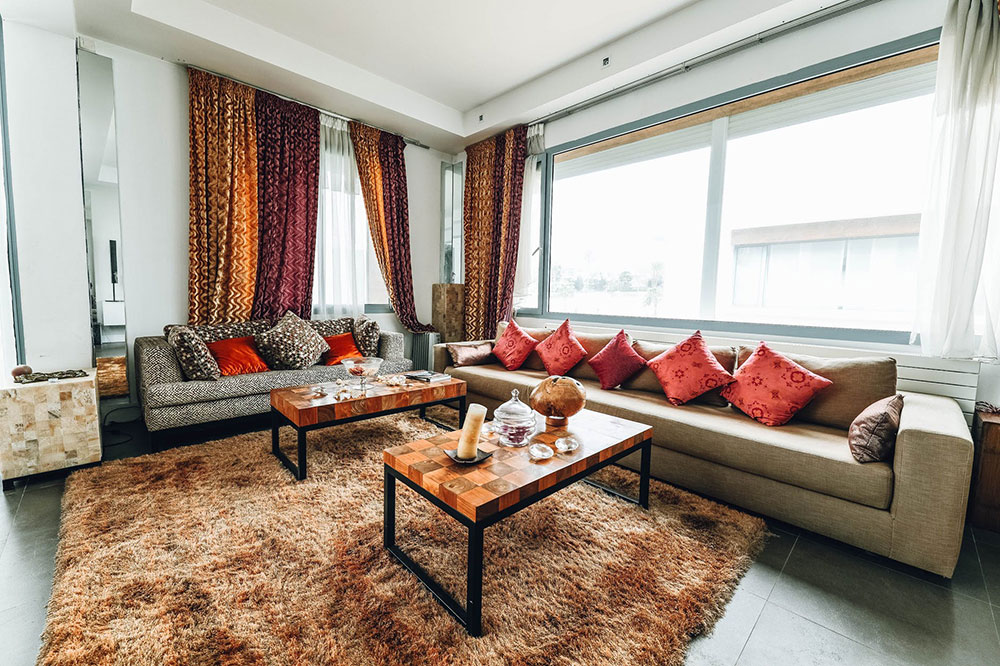Are repurposed, refurbished and reused products still “in?” Read on …
By Tammy Adamson-McMullen
The “re” movement has been a huge decorating phenomenon in the past decade. Repurposed, refurbished and reused materials can be found in just about every home and as part of just about every decorating style. But with new contemporary trends on the horizon for 2020, is the “re” movement nearing the end? Before answering that question, let’s look at how the movement started in the first place.
The History of “Re”
The “re” movement, also called “upcycling,” began with a downturn in the economy—specifically, with the 2008 recession. As their wallets thinned, consumers started looking at ways to “make do” out of necessity. But at the same time, consumers still wanted something that looked or felt new, even if it wasn’t in their budget.
In an article in RecycleNation.com (“Upcycling: Anatomy of a Trend” Sept. 30, 2015), writer Robert Jennings notes that people are almost never content with the stuff they have. “So in an effort to either solve problems in their lives or to acquire something that seemed new, they started reusing what they had,” he says.
A Movement Gains Steam
This desire to have something new was especially keen in decorating. Decorating programming was ramping up in 2008, from the popularity of HGTV on cable TV to the launch of Houzz on the internet. As consumers tuned in, they became decorating-savvy like never before and began finding ways to update what they had.
The “re” movement was in full swing by 2010 and supported by other internet sites like Pinterest, which launched that same year. In fact, the internet by that time was full of ideas, photos and instructions for repurposing, refurbishing and reusing materials—from painting old furniture and cabinetry to look new again (and in recent years, painting those same items to look distressed!) to turning old wine casks into bistro tables to creating Edison-esque pendant lights from mason jars.
Two Movements become One
Speaking of Edison … Industrial styling also gained a foothold during the recession. The styling became a natural partner for upcycling because it accepted old materials—distressed woods, rusty metals, reworked textiles and similar materials—and reused them in interesting ways.
As the popularity of industrial styling grew, old materials were no longer sent to the scrap heap but reworked into design gems that fill our homes to this day. Whether we create upcycled products ourselves or purchase new products that look upcycled, the style continues to be hot. Here are a just few examples of popular industrial products and the way they’re being repurposed in home design:
- pulley systems—used for raising and lower bookshelves or wall sconces;
- foundry lights—repurposed as floor lamps or pendant lighting;
- warehouse ladders—turned into shelving to hold books, artwork or magazines;
- pipes and fittings—repurposed as bookshelf supports or as drapery or towel rods;
- sheet metal—used in all types of furnishings and sometimes painted but then distressed again;
- wood planks—painted, stained or untreated and used in everything from benches to shelving to flooring;
- bricks—popular as feature walls, often with a color wash or lime finish;
- factory crates—used for creative home storage;
- scrap iron—refashioned into decorative tiles and artwork; and
- work lockers—often repainted and then distressed again and used as an accent piece or for storage.
A Third Movement Emerges
As the economy has improved, the “re” movement has continued out of habit—and also for the simple reason that consumers feel good about their stewardship of the environment. In the RecycleNation.com article, Jennings describes the focus as having shifted from personal necessity to a global perspective. That shift continues since, “recycling can’t hold a candle to upcycling in the waste stoppage arena,” Jennings says. “Not only is the finished product (in my biased opinion) more useful, but it costs significantly less energy to produce.”
Repurposed, refurnished and reused products are “greener” yet when eco-friendly products are used in their upcycling—such as low-VOC coatings and wallcoverings, solvent-free strippers, natural cleaners, and similar products. Choosing these products has become easier over the years as environmentally sensitive products have improved and flooded the market.
Comfort Seals the Deal
With the popularity of industrial styling and consumer desire to be “green,” there doesn’t seem to be an end in sight for the “re” movement. And there’s one more reason this may be true: our desire for comfort. “Comfort” has been a major buzzword in decorating this year and is predicted to be an even bigger one in 2020. Repurposed, refurbished and reused materials satisfy our need comfort in combining the best of both worlds—the old and the new—to create environments that speak to our past and yet are fresh and original.
Decorating experts already are calling out the paints, wallcoverings, flooring and furniture choices that will create the most comfortable environments next year, and slightly worn and distressed looks play into their predictions. So, as you clean and sort out for winter, don’t be so quick to pass off your old things. Rest assured that the “re” movement is still “in”—and with a little reworking, your old things might be what brings you joy in 2020.

 Interior Paints
Interior Paints Exterior Paints
Exterior Paints Primers
Primers Stains & Clears
Stains & Clears
 Paint Brushes
Paint Brushes Paint Roller
Paint Roller Paint Trays & Liners
Paint Trays & Liners
